Today is the anniversary of the edict of 24 May 1766 in which the Monsignore Illustrissimo e Reverendissimo Presidente delle Strade prohibited littering and dumping in the Via Borgognona. Someone caught dumping here would be fined 10 scudi and given three “tratti di corda” with perhaps other punishments.
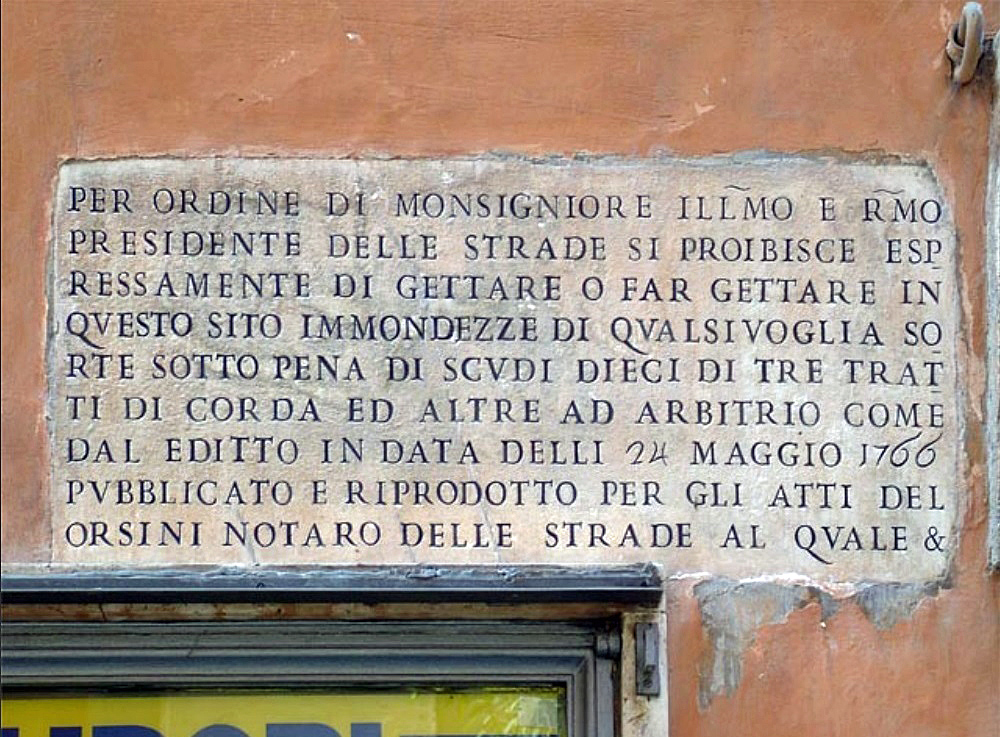
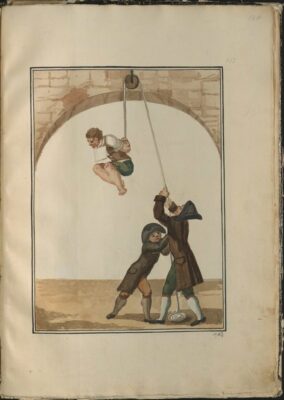 What are “tratti di corda”? It sounds like, maybe, “lashes”. Nope. This is also known as “strappado”. They tied your hands behind your back and then suspend you by the wrists, which results in dislocated shoulders. They could add additional weight. It would last about an hour. This form of punishment is still used today as a torture.
What are “tratti di corda”? It sounds like, maybe, “lashes”. Nope. This is also known as “strappado”. They tied your hands behind your back and then suspend you by the wrists, which results in dislocated shoulders. They could add additional weight. It would last about an hour. This form of punishment is still used today as a torture.
Just between the Campo de’ Fiori and the Piazza Farnese in Rome, in other words where I walked almost every day when in Rome, there is a street called the Via della Corda.
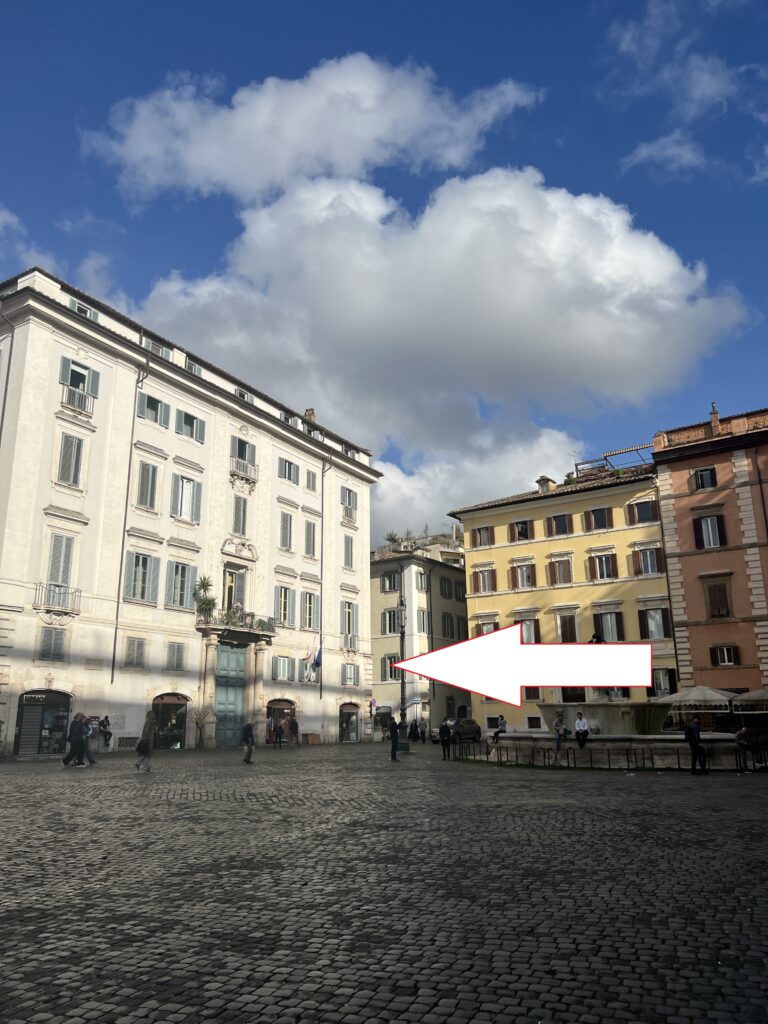
Corda could refer to the fact that the Campo was a place where public punishments of the corda were carried out. The street was originally a “vicolo” or “alley”, but in 1925 the city changed it to “via”.
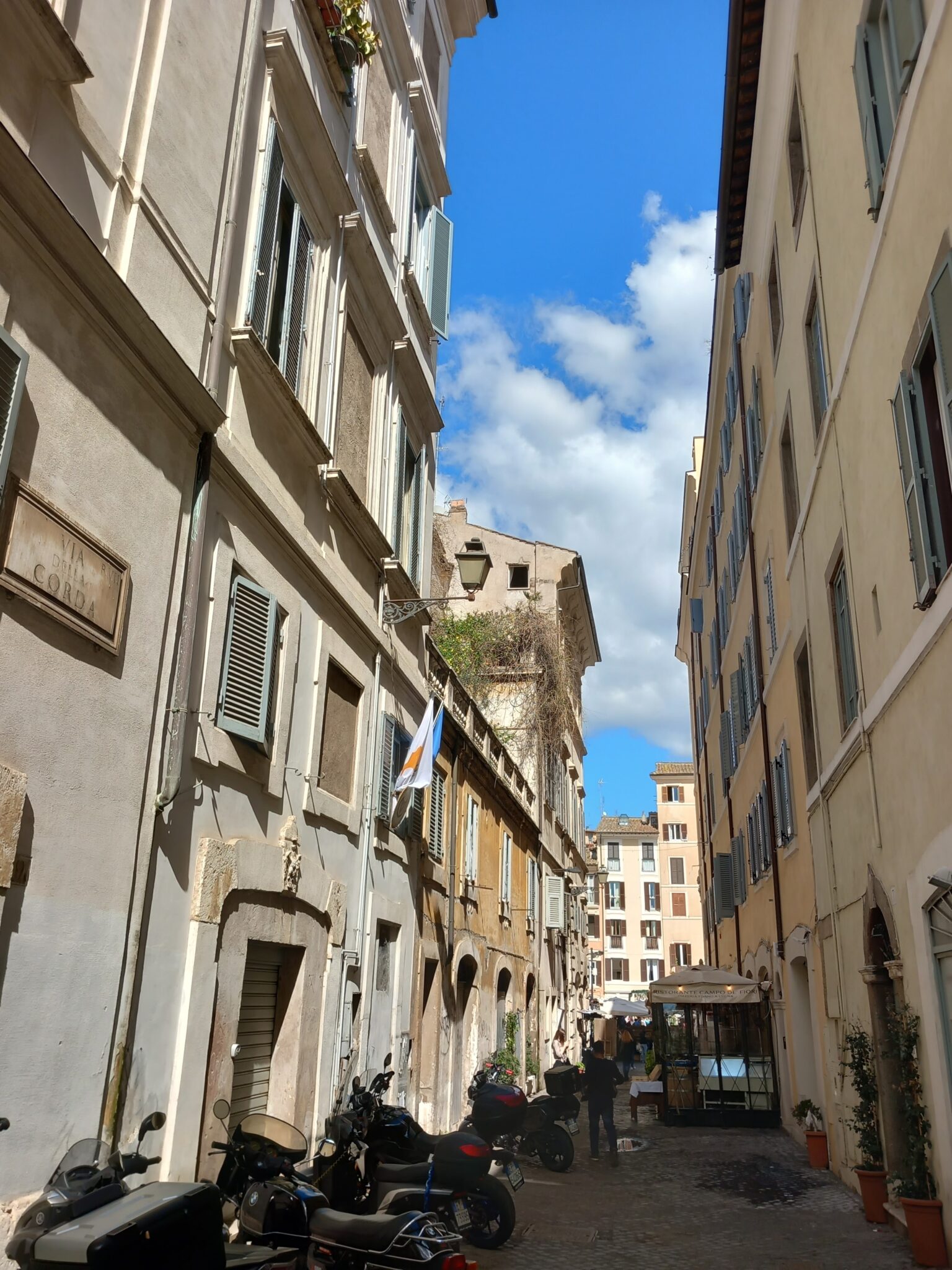
The Roman poet Giuseppe Gioachino Belli (“er Belli”) wrote about tratti di corda in one of his Roman dialect sonnets:
Prima la corda al corso era un supprizzio,
che un galantuomo che l’avessi presa
manco era bbono ppiù a sservì la chiesa,
manco a ffà er ladro e a gguadaggnà sur vizio
“Before, the corda on the pulley was punishment, that a gentlemen who had taken it lacked the ability any longer to serve the Church, couldn’t be a thief and to make money by vice.”
Consider that St. Charles Borromeo assigned tratti di corda against the excesses of “carnevale” before Lent, imposing two times for those who transgressed on religious holidays or who had worn ecclesiastical clothing as a costume.
A certain group comes to mind.
St. John Sarkander, martyr, was tortured this way because he refused to reveal the contents of a confession to a fully Protestant court. He died in agony in prison on 17 March 1620.
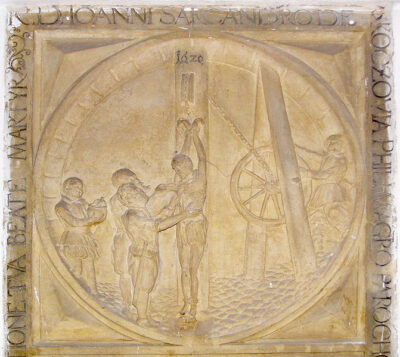
This… for littering… dumping.
Cities in those days were bad enough without garbage being left everywhere. Strong measures were needed. Also, in those days people were injured to discomfort and pain on a daily basis. Simple punishments would be brushed off. Hence, they used punishments that actually got people’s attention.
Life was hard.
In chessy news, I read an interview with world champ Ding Liren. He will compete at the upcoming Norway Chess, tough field. Ding said that his goals were “not to come in last” and that he had to show at least his “second-best”. Gosh. It makes me wonder if what Magnus opined about Ding might be true. Magnus wondered if Ding wasn’t “permanently broken”.
Chess is hard.
Is this hard? White to move and mate in two.
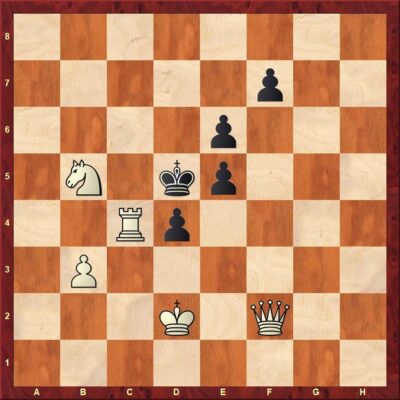
NB: I’ll hold comments with solutions ’till the next day so there won’t be “spoilers” for others.
Interested in learning? Try THIS.
Please remember me when shopping online and use my affiliate links. US HERE – UK HERE WHY? This helps to pay for health insurance (massively hiked for this new year of surprises), utilities, groceries, etc.. At no extra cost, you provide help for which I am grateful.
FINALLY…
Welcome registrant:
Frdon58



































Strappado is such an amateur means of torture. There are SO many better methods available. And most are low cost, with readily available means.
1. Qf6 e4
2. Qxd4#
OR
1. Qf6 d3
2. Qd8#
OR
1. Qf6 Ke4
2. Nd6#
Not easy for me, took like a half hour. Kept trying to find a way to deal with the f7 pawn advancing before I realized you can block it.
Wow, we kinda suck as a society. I would love to take someone from that time and show them society today.